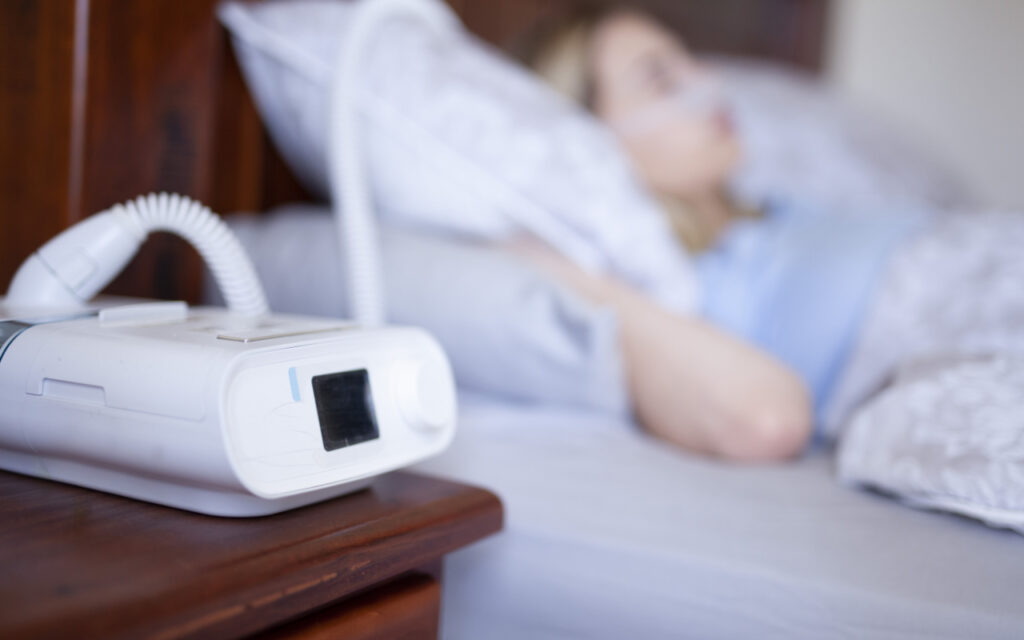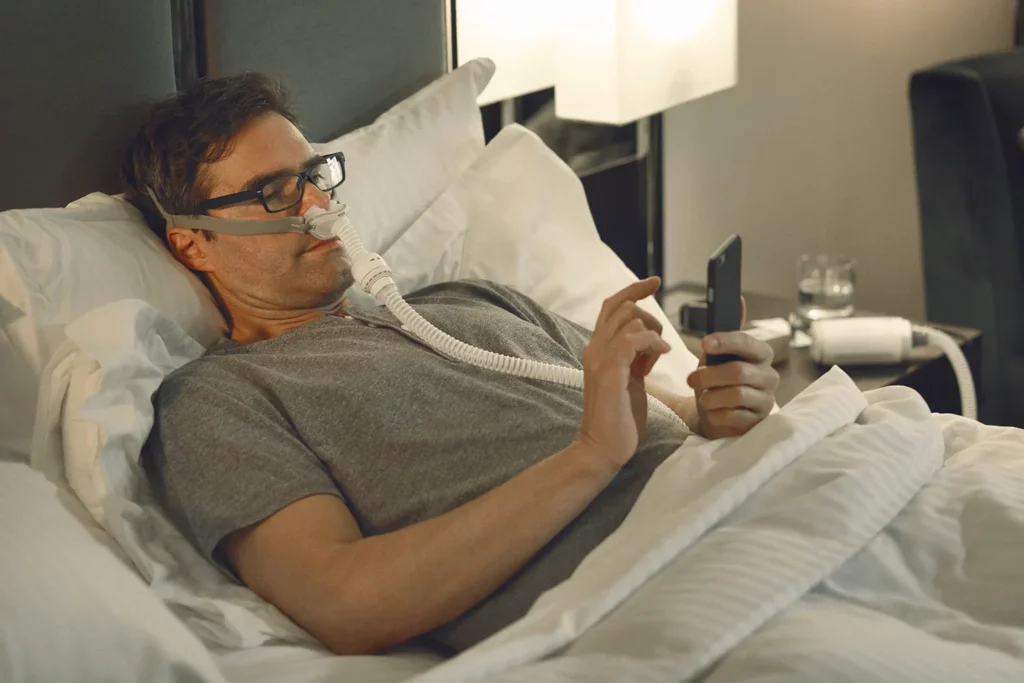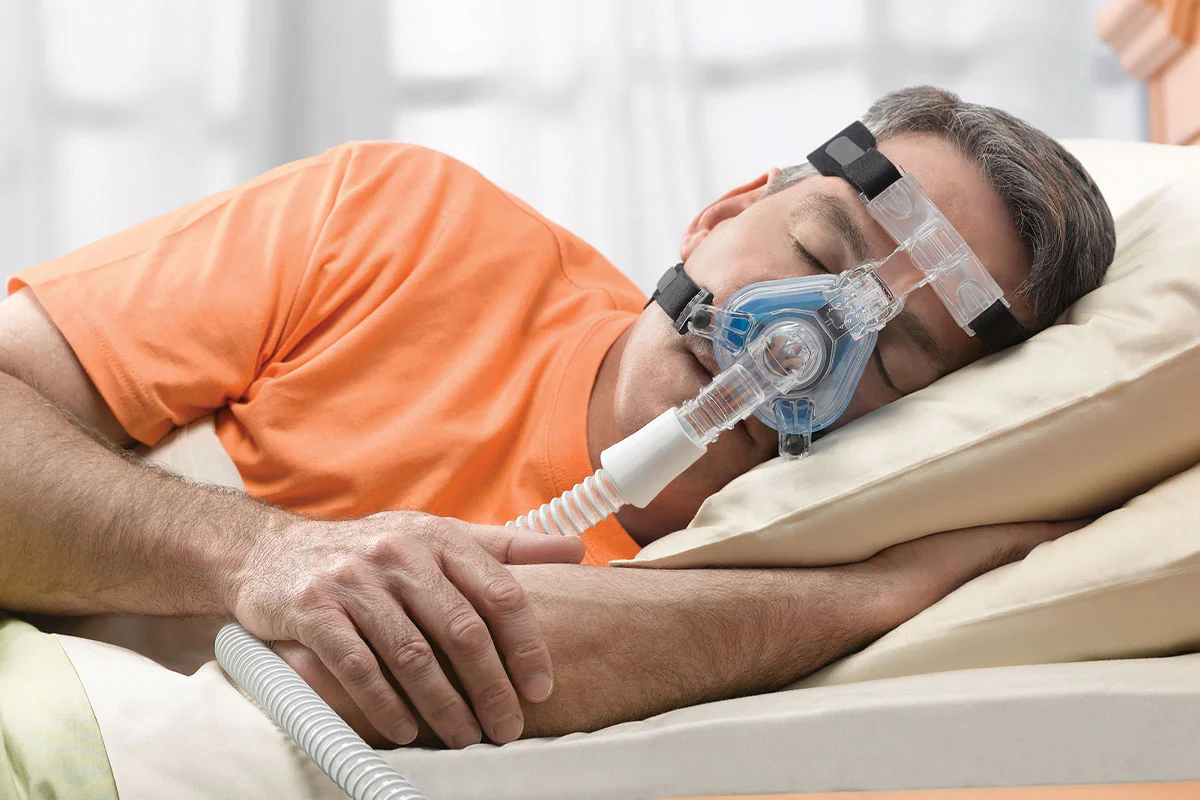Continuous Positive Airway Pressure (CPAP) therapy is a common treatment for obstructive sleep apnoea, a condition that disrupts sleep and can lead to serious health issues. One of the most crucial components of CPAP therapy is the mask, which must fit properly to ensure effective treatment and comfort. This guide aims to help beginners navigate the process of selecting the right CPAP mask, ensuring a good night’s sleep.
Understanding CPAP Masks
CPAP masks come in various shapes and sizes, designed to cater to individual preferences and needs. Understanding the different types of masks available is essential for making an informed choice. The right CPAP mask can significantly enhance the effectiveness of CPAP therapy and improve overall comfort during sleep.
Types of CPAP Masks
There are three primary types of CPAP masks: nasal masks, full-face masks, and nasal pillows. Each type has its advantages and disadvantages, depending on the user’s specific requirements.
- Nasal Masks: These masks cover the nose and are suitable for those who breathe through their nose while sleeping. They are generally lightweight and provide a good seal.
- Full-Face Masks: Covering both the nose and mouth, full-face masks are ideal for individuals who breathe through their mouth or require higher pressure settings. They can be bulkier but offer a secure fit.
- Nasal Pillows: These are small, cushion-like devices that fit directly into the nostrils. They are less obtrusive and are a great option for those who feel claustrophobic with larger masks.

Choosing the Right Size
Finding the correct size is crucial for comfort and effectiveness. Most CPAP masks come in a range of sizes, and manufacturers often provide sizing guides to assist users in selecting the appropriate fit. A mask that is too large may leak air, while one that is too small can cause discomfort and pressure sores.
It is advisable to measure the face accurately, taking into account the width and length, to ensure a proper fit. Many suppliers offer fittings in-store, allowing users to try on different masks before making a purchase.
Moreover, the importance of adjusting the straps cannot be overstated. A well-fitted mask should feel snug but not overly tight, as excessive pressure can lead to discomfort and even disrupt sleep. Users should also consider the material of the mask, as some may be more suitable for sensitive skin or allergies. Soft, hypoallergenic materials can enhance comfort and reduce irritation, making it easier to adapt to CPAP therapy.
Additionally, it is worth noting that personal habits can influence mask choice. For instance, individuals who tend to move around a lot during sleep may benefit from a more secure full-face mask, while those who sleep on their side might prefer the lighter nasal pillows. Understanding one’s sleeping patterns can greatly assist in selecting the most appropriate mask, ensuring a more restful night’s sleep and a successful CPAP experience.
Factors to Consider When Choosing a CPAP Mask
When selecting a CPAP mask, several factors should be taken into account to ensure a comfortable and effective experience. Understanding these factors can help users make the best choice for their individual needs.
Comfort and Fit
Comfort is paramount when it comes to CPAP masks. A mask that fits well should feel snug without causing discomfort. Users should look for masks with adjustable straps and soft cushioning to minimise pressure points. It is also essential to consider the weight and bulkiness of the mask, as a lighter, less intrusive design may lead to better compliance with therapy. Learn more about pressure on https://www.health.harvard.edu/heart-health/reading-the-new-blood-pressure-guidelines
Moreover, the importance of proper sizing cannot be overstated. Many manufacturers offer a range of sizes to accommodate different facial structures, and it is advisable to try on various options to find the most suitable fit. A well-fitted mask not only enhances comfort but also ensures an effective seal, preventing air leaks that could disrupt sleep and diminish the efficacy of the CPAP therapy.

Material and Design
The material of the mask can significantly impact comfort and usability. Masks made from hypoallergenic materials are ideal for those with sensitive skin or allergies. Additionally, some masks feature a breathable fabric or gel cushion, which can enhance comfort during extended use.
The design of the mask is also important. Some masks are designed to minimise facial contact, while others may have a more traditional structure. Users should consider their sleeping position, as certain designs may be more suitable for side sleepers compared to back sleepers. For instance, a nasal pillow mask may be preferable for side sleepers, as it allows for greater freedom of movement without compromising the seal. Furthermore, innovative designs now include features such as flexible frames and adjustable angles, which can accommodate various sleeping styles and preferences, ensuring that users can find a mask that fits seamlessly into their nightly routine.
Trial and Error: Finding the Right Mask
Choosing the right CPAP mask is often a process of trial and error. It is not uncommon for users to try several masks before finding the one that suits them best. Many suppliers offer a trial period, allowing users to test different masks at home. This flexibility is crucial, as comfort and fit can vary significantly from one individual to another. Factors such as facial structure, skin sensitivity, and personal preferences play a vital role in determining the most suitable mask type, whether it be nasal, full-face, or nasal pillows.
Moreover, the importance of proper fitting cannot be overstated. A mask that is too loose may lead to air leaks, while one that is too tight can cause discomfort and skin irritation. Therefore, taking the time to adjust the straps and ensure a snug fit is essential for effective therapy. Many manufacturers provide instructional videos and guides to assist users in achieving the best fit possible, which can greatly enhance the overall experience.
Consulting with Healthcare Professionals
Consulting with a healthcare provider or sleep specialist can provide valuable insights into the selection process. These professionals can offer recommendations based on the user’s specific needs and preferences, ensuring a more tailored approach to mask selection. They may also conduct assessments to identify any underlying issues that could affect mask choice, such as nasal congestion or facial hair, which can complicate the fit of certain masks.
In addition to offering guidance on mask selection, healthcare professionals can help users understand the importance of adherence to CPAP therapy. They can explain how proper mask usage contributes to the effectiveness of treatment and ultimately improves sleep quality. Regular follow-ups can also be beneficial, as they allow for adjustments to be made if the user experiences discomfort or if their needs change over time. To read more about effectiveness click here.
Feedback from Other Users
Reading reviews and seeking feedback from other CPAP users can also be beneficial. Online forums and support groups often share experiences and recommendations, helping new users navigate their options. This community support can provide encouragement and practical advice, making the journey to better sleep more manageable. Engaging with others who have faced similar challenges can foster a sense of camaraderie, as users exchange tips on mask maintenance, cleaning routines, and even travel-friendly options.
Furthermore, many users find that sharing their experiences can lead to discovering innovative solutions to common problems. For instance, some may recommend specific mask liners or pads that enhance comfort and reduce irritation, while others might suggest alternative headgear designs that provide a more secure fit. By tapping into the collective wisdom of the CPAP community, new users can feel more empowered and informed as they embark on their journey towards restful sleep.
Maintaining Your CPAP Mask
Once the perfect mask has been chosen, proper maintenance is essential to ensure longevity and hygiene. Regular cleaning and care can prevent the build-up of bacteria and ensure optimal performance.
Cleaning and Care Tips
It is recommended to clean the mask daily using mild soap and warm water. Users should avoid harsh chemicals that could damage the mask materials. Additionally, the headgear and straps should be washed regularly to maintain freshness and prevent skin irritation.
Replacing the mask and its components periodically is also essential. Most manufacturers recommend replacing masks every six months to a year, depending on usage. Regular replacement helps maintain a proper seal and ensures the mask remains comfortable.
Storing Your CPAP Mask
Proper storage of the CPAP mask is crucial to prevent damage. Users should store their masks in a cool, dry place away from direct sunlight. Using a dedicated storage bag can also help keep the mask clean and protected when not in use.
Conclusion
Choosing the right CPAP mask is a vital step in ensuring effective therapy for obstructive sleep apnoea. By understanding the different types of masks available, considering individual comfort and fit, and maintaining the mask properly, users can significantly enhance their CPAP experience. With patience and the right guidance, finding the perfect mask can lead to improved sleep quality and overall health.
For those embarking on their CPAP journey, remember that it may take time to find the ideal mask. Engaging with healthcare professionals, exploring various options, and seeking support from fellow users can make the process smoother and more successful. Ultimately, the right CPAP mask can transform sleep quality and contribute to a healthier lifestyle.
Learn about cpap machines on: Which CPAP Machine Suits You Best How to Choose and Why It Matters

